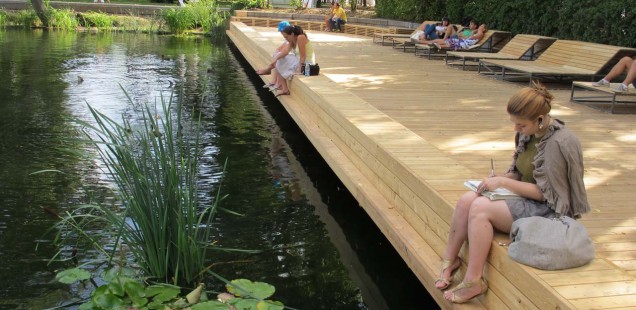
Moscow, the city for life – Russia
Recently the Moscow Government published under the headline “Moscow, the city for life” its seven development priorities. A document distributed at the Moscow Urban Forum in December 2013.
Moscow is with a population of over 12 million people one of the biggest metropolis in the world. The real number of citizens is difficult to establish as Moscow is the destination of many migrants, legal and otherwise, drawn by higher salaries and better services and living conditions. In 2010 alone, 126,000 newcomers were officially registered in the city, but the actual number is certainly much higher. The Moscow International Internet Portal indicates that “By some estimates together with commuters working and studying in Moscow, migrants, transit visitors and tourists the daily actual population of Moscow amounts in general to 15 – 20 million people”. It is forecast that by 2035 the population of the Moscow region will increase by 4,000,000 people and amount to 22,800,000 people. It is expected that by 2020 passenger traffic generated by the ‘New Moscow’ will double whereas the capacity of the existing infrastructure is already exhausted.
After adopting in 2011 different government programs for the key directions of the capital’s development, the Moscow Government worked out in 2013 its main objectives for the creation of comfortable living conditions with the definition of seven development priorities: 1) Mobile City; 2) Comfortable urban environment; 3) Healthy city; 4) Well-educated city; 5) Socially protected city; 6) New economics of Moscow; 7) Open Moscow.
It is a large and ambitious programme highlighting the goals reached and progress made in the last years, and illustrating the objectives for the next years in numbers and graphics.
An important part takes the improvement and development of the transport infrastructure. Moscow is literally suffocated by the significant growth of the personal car fleet, doubling from 2.6 millions cars in 2000 to 4.5 million in 2012 and the increase of commuting du amongst others to the ongoing separation of business centres and residential areas. Over two-thirds of the municipal investments have been assigned in future for the improvement and modernisation of the transport infrastructure, roads and public transport, an estimated 329 billion roubles for 2013.
Today over 60% of the total volume of Moscow passenger transportation is carried by the subway and this traffic capacity should increase by 1.2 billions persons annually. Just to illustrate the ambitions, the program foresees to rise the average annual construction of subway stations from 2.75 stations, from 2009 – 2012, up to 9.1 stations per year for the period 2013-2020, with the final objective to construct 73 new stations by 2020. They say themselves, that it is the most rapid construction program in the entire history of the Moscow subway. In comparison the metro line of the Paris metropolis, Le Grand Paris Express, foresees to build 205 km of metro lines and 72 new stations between 2013 and 2030. It seems that Moscow want to do in less than half the time.
The development priorities draw the picture of a metropolis with a population using in the last years more intensely the public spaces, the cultural institutions, the shopping area and demanding for a higher urban living standard. A population that has better access to medical facilities and a growing life expectancy, 75.8 years in 2012, and a growing natality rate. A population with opportunities for a better education starting from more kindergartens over preschools to high schools. Interesting is the development of the average salary of a school teacher in Moscow, from 39200 roubles in 2010 up to 64100 roubles in 2013: an average annual growth of 12% in a context of an inflation of approximately 6 %, leaving a real salary growth of 6 % per year. Not bad, seen from a Western European perspective.
But Moscow also wants to be a city that cares about its less fortunate citizens. The program is about social protection of older generations, assistance to needy families and persons with limited capabilities. It is about free access to public services, like transport, medical treatment, recreation, financial support and accessibility of public buildings. It also concerns providing housing for certain categories of citizens, probably one of the most difficult task, as Moscow has been ranked regularly among the five most expensive cities in the world in terms of the cost of housing.
To finance this new and improved public facilities and services, the Moscow Government counts on the dynamic of investments, supposed to grow from 732 billion roubles in 2010 up to 1719 in 2016. A mixture of better services for the investors, improved infrastructures and tax incentives should keep the dynamic going.
The Open Moscow development priority aims to create and strengthen the links between to residents and the public services. Improvements in the information and communication with the citizens, in the collecting and carrying out of suggestions of the citizens, and monitoring the activities of the public officers of municipal services, probably to fight corruption and try to establish a kind of confidence. Different internet sites like the Our City Website, regrouped in one Open Data Portal, should play in mayor part in this new Open Moscow development.
This program looks like a step in the right direction. It is developing Moscow towards a multi-layer, multi-functional city, trying to diversify the transport system, the municipal offer in public spaces, recreation and medial facilities, and supporting the poorer populations. The success of the renewal and transformation of the Gorky Park is a sign of these multi-functional and high-quality public spaces and the demand of the citizens for such spaces.
What is still missing for me is a clearer image of what Moscow wants to be in its whole, and in its parts. For the moment the document is set up as a catalogue of good intended programs, but not yet as an integral city development program. An example is the important investments in the public transport and in the road system, with the hope to encourage the citizens to abandon their excessive use of personal transport. But as long as the Moscow develops its road and parking system, citizens might prefer their car to public transport. Further detailed choices have to be taken on the different aspects of these programs and their feasibility in the near future.
Annotation: For this article I analysed the English version of the publication “Moscow, the city for life – Moscow development priorities” from the Moscow Government. During the lecture I got the impression that some mistakes had been made in the English translation. Download for the Russian version of the document (pdf) : Moscow City for life ru
Author: Christian Horn is the head of the architecture and urban planning office rethink
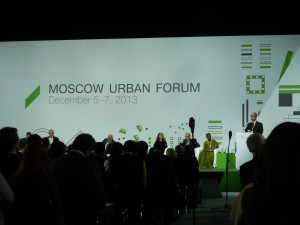
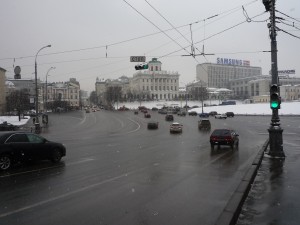
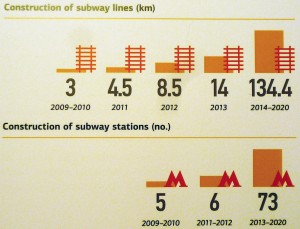
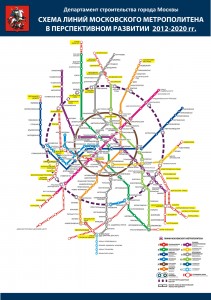
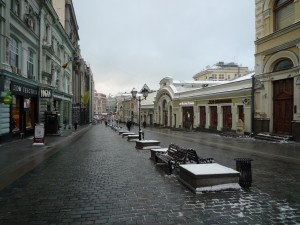
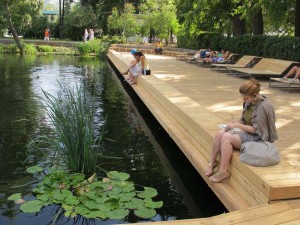





















Hi, I have not been able to obtain this document in english. Do you by any chance have it and can share it with me? Please contact me at axelburvall@gmail.com
Nice. Can I have the English documents?
Hello, thank you for your interest. I have the Russian version in PDF and I can send it to you, if you like. But the English documents only on paper.
Best regards, Christian
nice